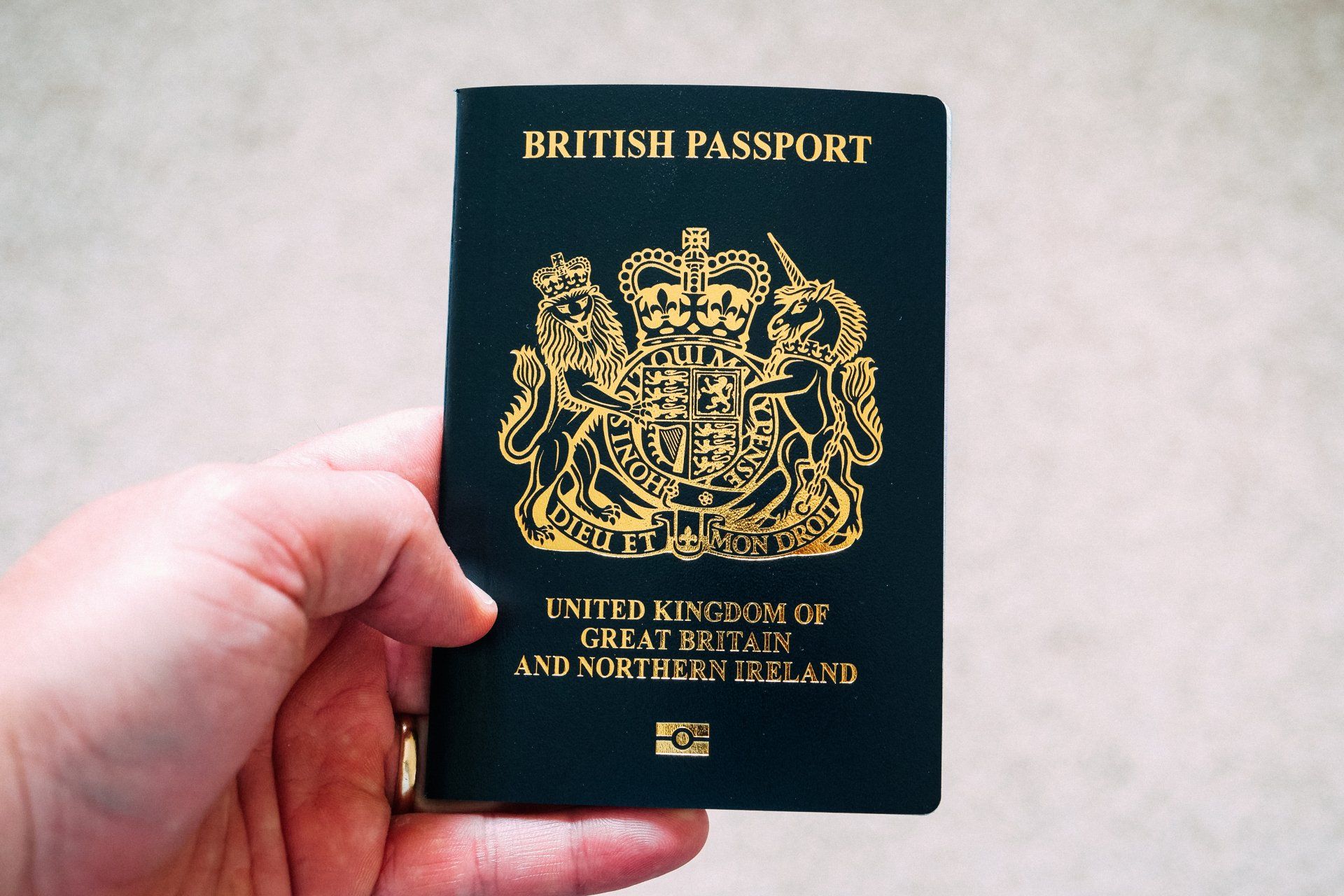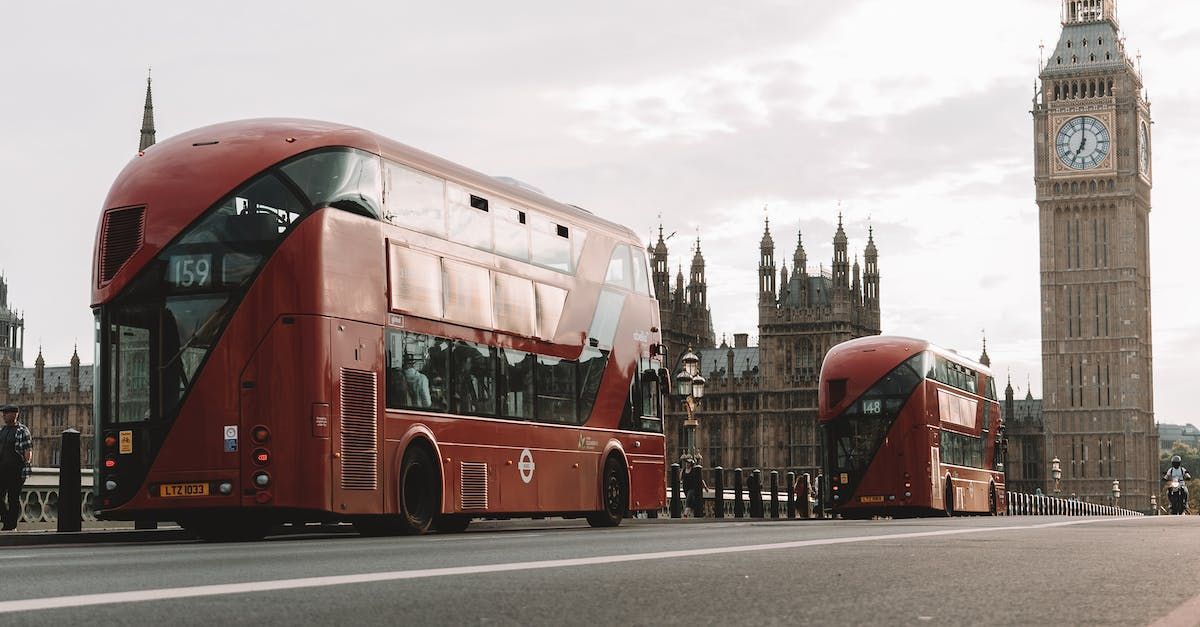Waltons News

This post explains which visas are routes to settlement in the UK, the length of time you need to spend on each visa before you qualify for settlement, and whether you can combine this with time spent on other visas. (Please note, this post focuses on the rules for main applicants, rather than dependants. It does not cover settled status under the EU Settlement Scheme.)

The UK’s immigration landscape saw a significant update this year with the introduction of Appendix Adoption, replacing the relevant provisions within Part 8 of the Immigration Rules. Appendix Adoption streamlines the process for bringing children to the UK for adoption, offering several distinct routes tailored to different scenarios. This post focuses exclusively on the application process for children coming to the UK to be adopted under UK law. Here, we break down the essential requirements, from suitability and validity to financial and accommodation criteria, ensuring adoptive parents are well-prepared to navigate this complex yet rewarding journey.

n 9 April 2024, the Home Office published new guidance for caseworkers handling immigration applications impacted by the Coronavirus Extension Concession (CEC) and Exceptional Assurance (EA) Concession. This guidance provides detailed instructions on how to evaluate applications for entry clearance, permission to stay, or settlement for individuals who benefitted from these concessions during the Covid-19 pandemic. It also clarifies how to account for periods where applicants had pending requests for exceptional assurance in settlement applications. This inaugural edition of the guidance aims to assist those whose immigration status was affected during the pandemic, specifically those who were unable to leave the UK due to travel restrictions or self-isolation requirements.

If you’ve applied for a UK visa, waiting for a decision can be a stressful experience, particularly if you have a travel deadline or other important plans. Fortunately, the UK visa application process allows applicants to track the progress of their UK visa application and check their UK visa application status.

There are various reasons why you may need to withdraw an immigration application. Perhaps an emergency has arisen prompting a change of plans? Or maybe you noticed that you made a mistake filling out the form? Conversely, you may wish to ensure that you do not inadvertently withdraw an application which you want to be considered, for example by requesting the return of a passport for travel. In this post we will be discussing the rules and guidance around withdrawing an immigration application.

Welcome to our comprehensive guide on applying for your first British passport from outside the UK. Obtaining your British passport will solidify your status as a citizen of the United Kingdom, as well as bestowing you benefits associated with a British passport, as was explored in our previous blog. In this article we will steer you through each essential step of the British passport application process. From understanding eligibility criteria to gathering required documents, confirming your identity, and managing processing times and fees, we’ll ensure that you have all the necessary information to navigate the British passport application process with confidence.

As addressed in part 1 of this three part series, the collaboration, campaigning and strategic litigation brought by a coalition of actors supporting victims of domestic violence, led to the landmark ruling of AM v SSHD [2022] EWHC 2591 (Admin), which found that the previous Immigration Rules relating to victims of domestic violence were unlawful as they discriminated against victims outside of the UK.

In a judgment handed down on 07 June 2024, the High Court in R (on the application of Refugee and Migrant Forum of Essex and London and Cecilia Adjei) v Secretary of State for the Home Department, [2024] EWHC 1374 (Admin) ruled that the Home Secretary’s failure to provide documentary proof of their lawful presence in the UK to thousands of migrants covered by section 3C of the Immigration Act 1971 was unlawful. This article will set out the background to the challenge, why the Claimants succeeded, and what significance the judgment holds as the Home Office prepares to transition all migrants in the UK to a system of digital only proof of status.


